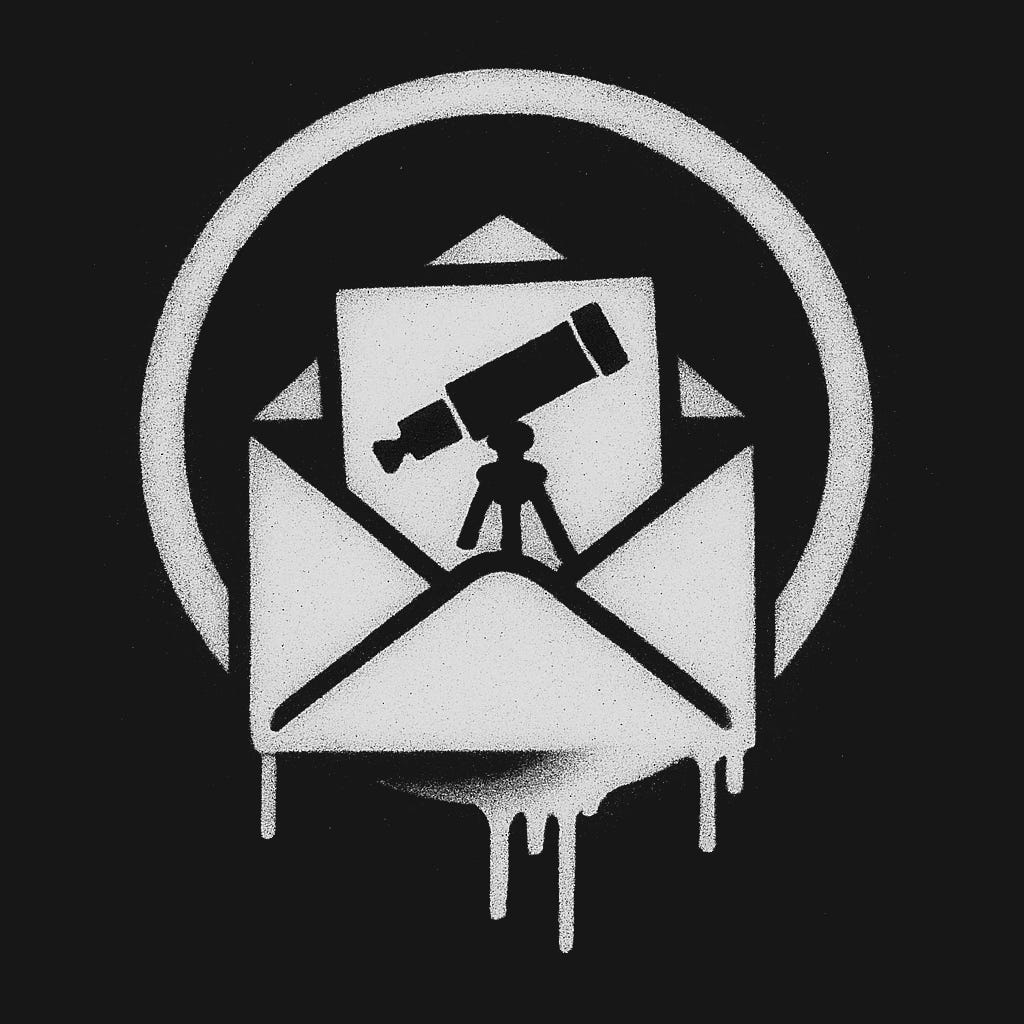Science has a Breaking-in Problem
Let's revive the Republic of Letters
The tradition of scientific communication grew from the communication norms of Renaissance philosophy (remember, scientists were originally just philosophers of nature). Philosophers would send each other open (literally, physically open) letters that would get read and copied by other philosophically-curious people along the route. Anybody could send a letter (try to contribute) but nobody was obligated to respond. In 1665 Henry Oldenburg decided to start bundling those letters together into the first scientific journal. We all know the story from there — journal articles as career metrics, peer review, profit-maximizing journals, paper mills, etc. etc.
Alongside this, in the 1630s the Parisian monk Marin Mersenne had become a central enough node in the network of scientific letter writers that an informal scientific academy began to form around him. Meeting in person to discuss ongoing work alongside letters received from all over Europe, Mersenne’s friend group became the direct ancestor of formal scientific academies and their descendants, scientific conferences. Today, scientists communicate intermediate results to an in-group like Mersenne’s, in private emails or behind closed doors. This system works, but it creates large barriers to entry to those not on the inside.
The ArXiv and preprints more generally lower some of those barriers, but are insufficient. Preprints lack the lively incompleteness of scientific letters; they are typically still curated and writers and readers still expect each paper to tell a complete story. The open science movement is directionally correct, but to a large extent it is just saying “let’s just take what we’re already doing and remove the barriers.” Like ArXiv, it’s a step in the right direction but still clings too closely to the old forms. When a random person puts some results up on the internet, chances are they will be ignored or not taken seriously unless that person is some sort of celebrity. We still have a breaking-in problem and a gap around communicating “hey I saw this and it was weird/I tried this thing.”
Slime Mold Time Mold presents an interesting test case. The authors are, if anything, treated even more like outsiders by the scientific community because they print open letters and publicly discuss incomplete results. Regardless of whether their results are right or wrong, it’s clear they’re making an earnest and reasonable effort and so the fact that it’s difficult for professional scientists to engage with their work is evidence for biases toward completeness and the in-group.
A system of open letters directly to individual correspondents could again be a good mechanism for lowering these barriers and communicating intermediate results. If Slime Mold Time Mold’s blog posts were written as open letters to specific scientists, those scientists might suddenly have tacit permission to engage (if they’re brave enough). Ideally, we’d have a dedicated medium for this type of interaction – but that is for another post.



Very interesting idea and historical context. I'm so stuck in the current paradigm that my immediate reaction was "how would we measure citations, contributions, authority"? With continued thought, it doesn't actually seem so challenging and/or different from what we are currently doing. The challenge (as pointed out) is to get people to engage more openly with half-baked ideas as opposed to complete stories. The era of social media shows that people have strong desires to curate an image.